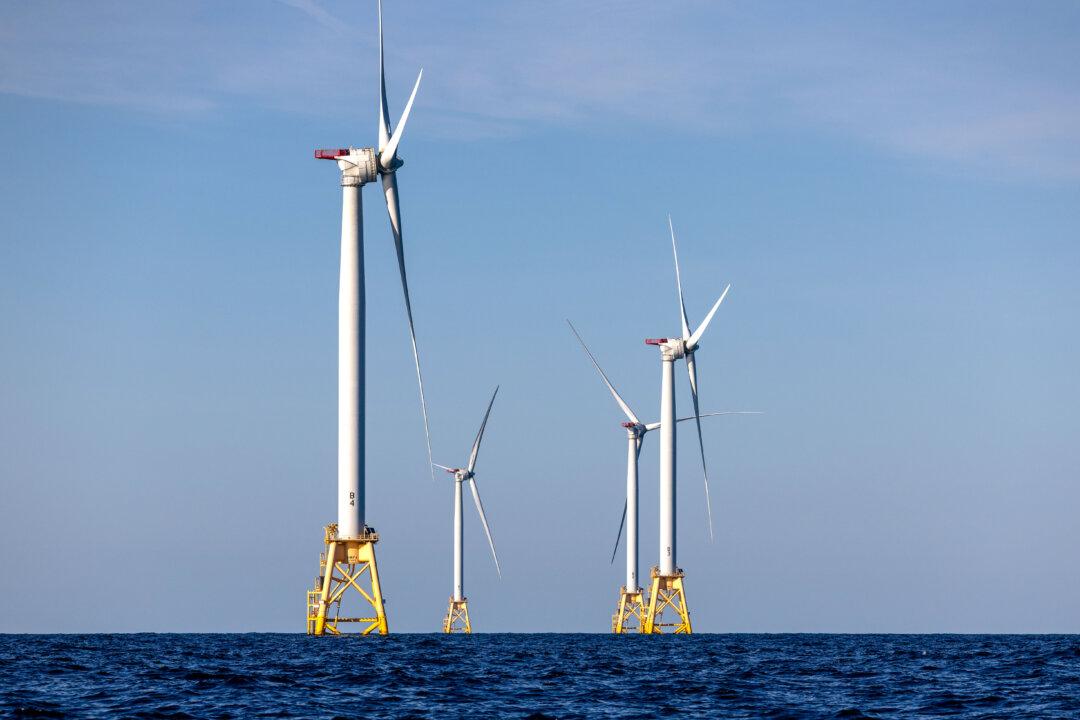The White House expects that, by early next year, there will be a drop in both the deficit and the debt-to-GDP ratio, which a federal agency recently projected to surge past 100 percent next year, an official said in a recent interview.
So far this year, around $3.3 trillion in emergency aid to fight the economic fallout from the CCP (Chinese Communist Party) virus has been enacted into law, causing a surge in this year’s already large deficit and federal debt. If the full amount budgeted is realized, this will bring the budget deficit to 16 percent of GDP, the highest level since World War II and more than triple the shortfall in 2019.





